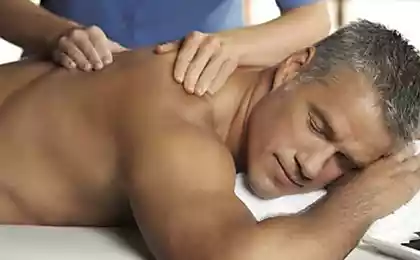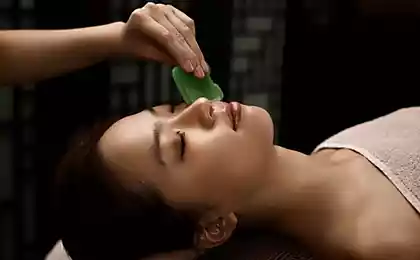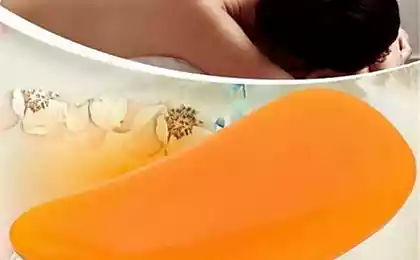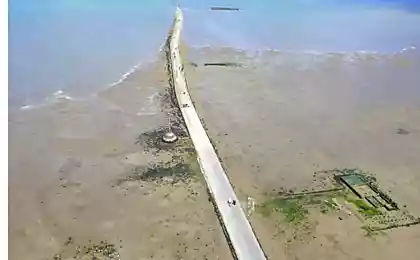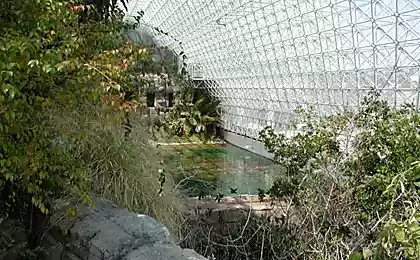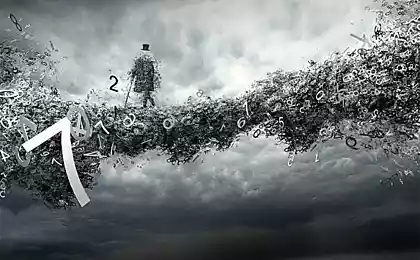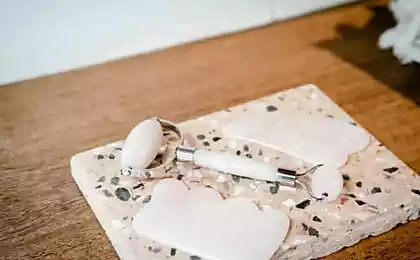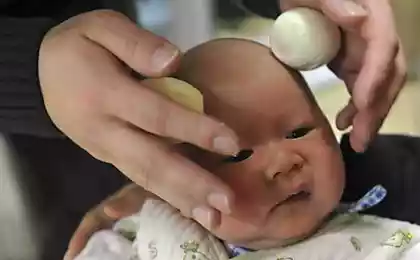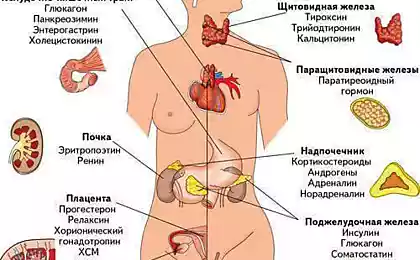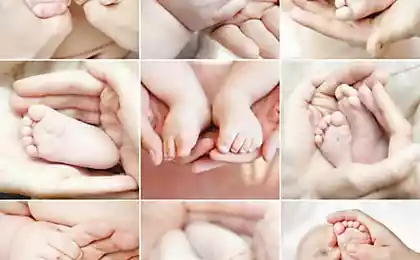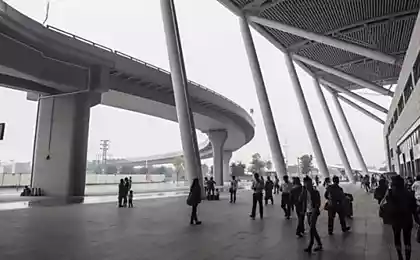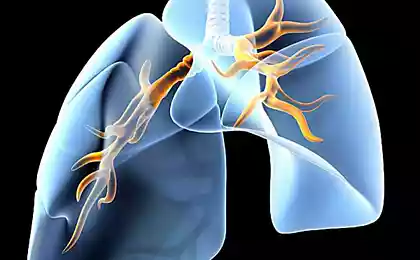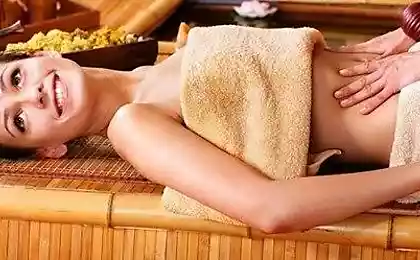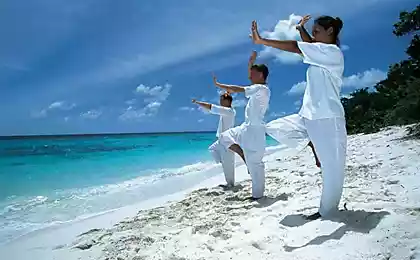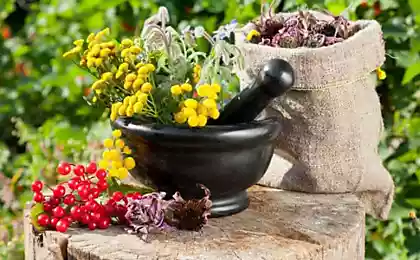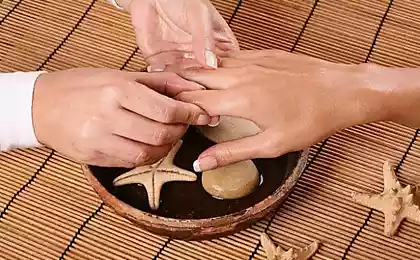659
Scraping massage gua Sha — an ancient Chinese technique of healing
Virtually unknown to the Russian reflexology is a Chinese massage guasha. The translation of the name: gua — movement in one direction, scrape; Sha — bad, i.e. "scrape all bad." Is an ancient form of Chinese massage. For impact use a small plate, which handle certain areas, which includes various points and reflex zones of the body, face and head. There are 3 types of massage, gua Sha, preventative, cosmetic and medical-diagnostic, which is discussed in this article.
Massage gua Sha combines the simplicity of performance and efficiency, making it available for widespread use by Russian doctors. Here excluded difficult phase accurate localization of the points that you need acupuncture or moxibustion. Also no need for laborious setting of the needles or otherwise exposed to a single point. Instead, the impact is at a fairly large therapeutic areas and skill areas album is acquired after several lessons together with experienced mentor.
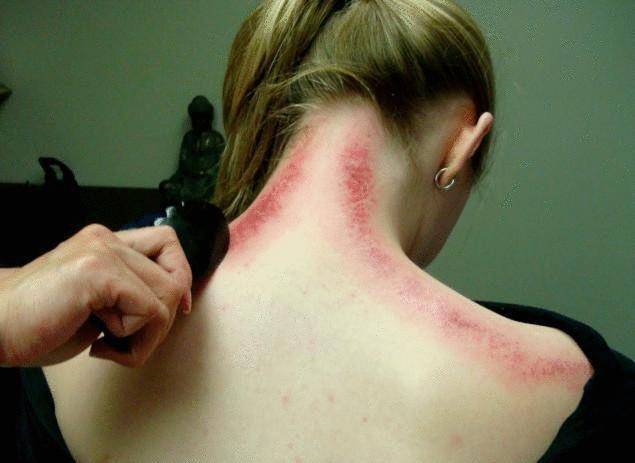
Massage gua Sha involves 3 main methods of exposure: se-gua — quick motion, with strong pressure (dispersion method); BA-gua — are slowly with weak pressure; ping BU ping Xie: slowly with strong pressure. Used scrapers of various configurations of jade or horn of Chinese animals. The massage is performed with a special oil.
The session lasts 20-25 minutes. The effect of exposure occurs immediately: first therapeutic area is very red, there may be a burning sensation. On the skin in places, which is projected pathological process, appear hemorrhage — spots "Sha". Thus the skin appear "waste" of this process, find the high content of lactic acid. Stains can be almost black — a "non-living" blood. The appearance of these hemorrhages may frighten the patient, but the procedure itself is usually a little painful. Only sometimes, when running the process and a large hemorrhage, the patient may feel pain, which takes place immediately after the cessation of the impact on the area.
During the massage improves metabolic processes in the skin, removes toxins, so the skin will be cleaned and wipe. Often the session is complemented by gua Sha cupping massage, moxibustion sagebrush cigars. During the day you should drink warm water to provide the increased output of toxins from the body. After a session you may appear tired, as after exercise: effect comparable to Jogging at a distance of 20 km.
On the site of the hemorrhages occur in the subsequent bruising that pass quickly — within 2-3 days. Frequency — 1-2 times a week after the disappearance of bruises from the previous massage. The course includes from 10 to 20 sessions. Such courses, it is desirable to 2 times a year.
Effect of massage Gau Sha often occurs during the procedure. So it can be used in the acute phase, to relieve symptoms of the disease. The treatment process can go through the aggravation, so the patient needs to warn and reassure, if symptoms intensify on the second day. Can cause unpleasant smell from the body. In Chinese medicine there is a rule: "No aggravation, no treatment, and there is only relief". Full course gua Sha leads to permanent improvement, has a preventive effect through the launch of deep mechanisms of recovery.
Not referring in this article all aspects of the theory of the origin of diseases, principles of traditional Chinese medicine, note that the doctor of massage guasha affects the entire body, normalizes the internal communication between organs, which leads to the disappearance of specific pathological process, the General improvement and rejuvenation. In terms of TCM, "heat and cold, wind and dampness", which got into the body, "go outside". Intensify the processes of metabolism and excretion. The constant use of this method slows down aging.
In modern China massage gua Sha widespread. It occupies an important place in the system healthy lifestyle and preventive approach to diseases that distinguishes Chinese medicine and adopted in the tradition of the Chinese people's life. The result of this approach is vpechatlila average life expectancy (over 80 years), and most importantly — the quality of life, high activity to a ripe old age.
The scope of massage gua Sha is very wide. Here are a few examples of its therapeutic action, covering common in medical practice diseases.
When low back pain — improves circulation to affected areas, increasing lymph flow, due to this swelling retracts and disappears associated with this pain syndrome, relieves muscle spasm.
Impact on the active points around the diseased joint swelling, surrounding tissues, restores normal blood and lymphatic circulation, relieves pain, improves mobility of joint.
For colds, bronchitis — effects on projection points of light reduces swelling of the bronchial mucosa, improves drainage function of the respiratory tract, relieves shortness of breath, relieves cough.
In case of cholecystitis — the procedure guasha relieves spasm of the gallbladder, normalizes the motility, removes pain, relieves the feeling of nausea.
Massage gua Sha on the reflex zones of the lower back and abdomen improves blood circulation and normalizes lymph flow in the pelvis that removes blood stasis in this area, relieves inflammation and normalizes the functional activity of the pelvic organs, leading to resorption of adhesions.
Impact on certain areas of the body improves the condition of the cardiovascular system: reduces blood pressure, normalizes heart rhythm, relieve shortness of breath caused by heart disease.
Massage gua Sha improves the condition of skin — due to the elimination of toxins removed pigmentation, acne, rejuvenation of the skin.
Noted a beneficial effect on the nervous system: improves sleep, relieves anxiety, improves appetite, impaired due to neural disease. There is a General improvement of the body, increases vitality and resistance to infections.
It should be borne in mind contraindications of massage gua Sha: allergies; infectious skin diseases; thrombocytopenia; injured surface of the skin; fractures until coalescence of bones; decreased kidney function; edema (liver cirrhosis); anasarca; high blood pressure; pregnancy.
Author: N. Koteneva
istochnikami
Source: /users/1077
Massage gua Sha combines the simplicity of performance and efficiency, making it available for widespread use by Russian doctors. Here excluded difficult phase accurate localization of the points that you need acupuncture or moxibustion. Also no need for laborious setting of the needles or otherwise exposed to a single point. Instead, the impact is at a fairly large therapeutic areas and skill areas album is acquired after several lessons together with experienced mentor.

Massage gua Sha involves 3 main methods of exposure: se-gua — quick motion, with strong pressure (dispersion method); BA-gua — are slowly with weak pressure; ping BU ping Xie: slowly with strong pressure. Used scrapers of various configurations of jade or horn of Chinese animals. The massage is performed with a special oil.
The session lasts 20-25 minutes. The effect of exposure occurs immediately: first therapeutic area is very red, there may be a burning sensation. On the skin in places, which is projected pathological process, appear hemorrhage — spots "Sha". Thus the skin appear "waste" of this process, find the high content of lactic acid. Stains can be almost black — a "non-living" blood. The appearance of these hemorrhages may frighten the patient, but the procedure itself is usually a little painful. Only sometimes, when running the process and a large hemorrhage, the patient may feel pain, which takes place immediately after the cessation of the impact on the area.
During the massage improves metabolic processes in the skin, removes toxins, so the skin will be cleaned and wipe. Often the session is complemented by gua Sha cupping massage, moxibustion sagebrush cigars. During the day you should drink warm water to provide the increased output of toxins from the body. After a session you may appear tired, as after exercise: effect comparable to Jogging at a distance of 20 km.
On the site of the hemorrhages occur in the subsequent bruising that pass quickly — within 2-3 days. Frequency — 1-2 times a week after the disappearance of bruises from the previous massage. The course includes from 10 to 20 sessions. Such courses, it is desirable to 2 times a year.
Effect of massage Gau Sha often occurs during the procedure. So it can be used in the acute phase, to relieve symptoms of the disease. The treatment process can go through the aggravation, so the patient needs to warn and reassure, if symptoms intensify on the second day. Can cause unpleasant smell from the body. In Chinese medicine there is a rule: "No aggravation, no treatment, and there is only relief". Full course gua Sha leads to permanent improvement, has a preventive effect through the launch of deep mechanisms of recovery.
Not referring in this article all aspects of the theory of the origin of diseases, principles of traditional Chinese medicine, note that the doctor of massage guasha affects the entire body, normalizes the internal communication between organs, which leads to the disappearance of specific pathological process, the General improvement and rejuvenation. In terms of TCM, "heat and cold, wind and dampness", which got into the body, "go outside". Intensify the processes of metabolism and excretion. The constant use of this method slows down aging.
In modern China massage gua Sha widespread. It occupies an important place in the system healthy lifestyle and preventive approach to diseases that distinguishes Chinese medicine and adopted in the tradition of the Chinese people's life. The result of this approach is vpechatlila average life expectancy (over 80 years), and most importantly — the quality of life, high activity to a ripe old age.
The scope of massage gua Sha is very wide. Here are a few examples of its therapeutic action, covering common in medical practice diseases.
When low back pain — improves circulation to affected areas, increasing lymph flow, due to this swelling retracts and disappears associated with this pain syndrome, relieves muscle spasm.
Impact on the active points around the diseased joint swelling, surrounding tissues, restores normal blood and lymphatic circulation, relieves pain, improves mobility of joint.
For colds, bronchitis — effects on projection points of light reduces swelling of the bronchial mucosa, improves drainage function of the respiratory tract, relieves shortness of breath, relieves cough.
In case of cholecystitis — the procedure guasha relieves spasm of the gallbladder, normalizes the motility, removes pain, relieves the feeling of nausea.
Massage gua Sha on the reflex zones of the lower back and abdomen improves blood circulation and normalizes lymph flow in the pelvis that removes blood stasis in this area, relieves inflammation and normalizes the functional activity of the pelvic organs, leading to resorption of adhesions.
Impact on certain areas of the body improves the condition of the cardiovascular system: reduces blood pressure, normalizes heart rhythm, relieve shortness of breath caused by heart disease.
Massage gua Sha improves the condition of skin — due to the elimination of toxins removed pigmentation, acne, rejuvenation of the skin.
Noted a beneficial effect on the nervous system: improves sleep, relieves anxiety, improves appetite, impaired due to neural disease. There is a General improvement of the body, increases vitality and resistance to infections.
It should be borne in mind contraindications of massage gua Sha: allergies; infectious skin diseases; thrombocytopenia; injured surface of the skin; fractures until coalescence of bones; decreased kidney function; edema (liver cirrhosis); anasarca; high blood pressure; pregnancy.
Author: N. Koteneva
istochnikami
Source: /users/1077
